Thinking About a Low-Shedding Cat? Here’s the Real Deal.
After years of working with cats in every setting you can imagine, from busy vet clinics to high-end grooming salons, there’s one question that comes up more than any other: “Which cat breeds don’t shed?” I get it. You want the purrs and the head-butts without the layer of fur that seems to magically coat every dark piece of clothing you own. But here’s the honest-to-goodness truth: there’s no such thing as a completely shed-free cat. It’s just a natural part of being a feline with fur.
In this article
What we really mean is “low-shedding.” These are the breeds that, thanks to their unique coats or hair growth cycles, leave way less fluff on your couch. And while we’re clearing things up, let’s talk about allergies. No cat is 100% hypoallergenic. The culprit isn’t the hair itself, but a sneaky protein called Fel d 1 found in their saliva and skin oils. When they groom, it gets on their fur, which then floats around your home. So, a low-shedding cat can be a game-changer for someone with mild allergies because there’s less of that allergen-coated fur in the environment. It’s a huge help, but not a magic cure. This guide is all about cutting through the buzzwords and giving you the real scoop based on years of hands-on experience.
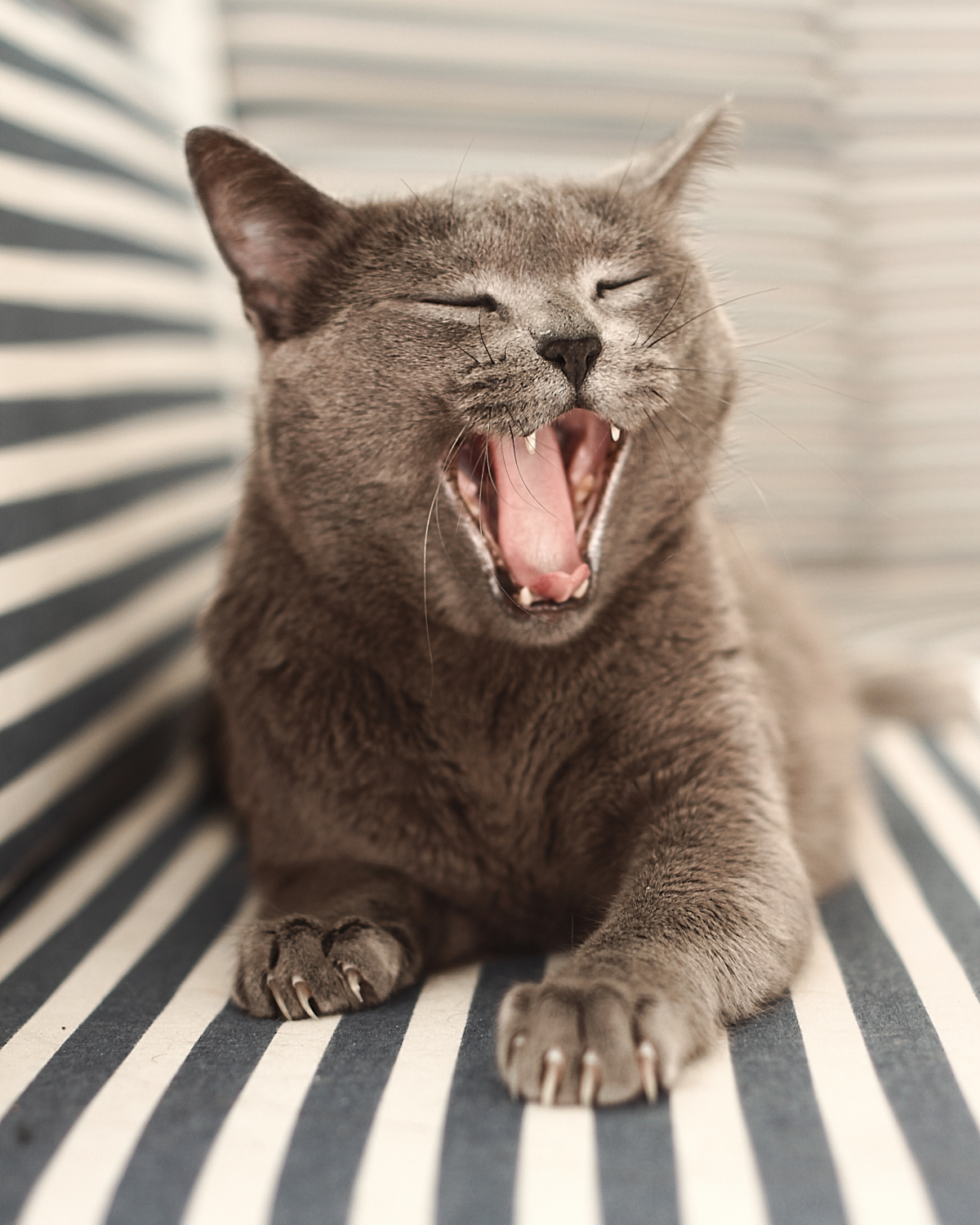
So, What’s the Science Behind the Shed?
To really get why some cats are less fluffy, you have to understand how their coats work. It’s a pretty cool system designed for protection and insulation. Every single hair on a cat’s body goes through a growth cycle. Some breeds have a really long growth phase, meaning the hair stays put for a lot longer before falling out. Others have a shorter cycle, leading to more shedding. It’s all in the genetics.
Then you have the coat type itself. Most cats you see have a double coat: a soft, fuzzy undercoat for warmth and longer, tougher guard hairs on top. A cat with a thick undercoat (think of a fluffy Persian) is basically a shedding machine, especially when the seasons change. But low-shedding breeds usually break this rule in one of a few ways:
- They have a single coat: This is a big one. Breeds like the Siamese or Bengal are missing that dense undercoat. Less fur overall simply means less fur to lose.
- They have a unique ‘Rex’ coat: Some breeds have a genetic quirk that gives them a very fine, wavy, and delicate coat. They just don’t have that much hair to begin with.
- They’re basically ‘hairless’: The Sphynx is the most famous example. They aren’t truly bald—they’re covered in a fine, peachy fuzz. No real fur means no real shedding.
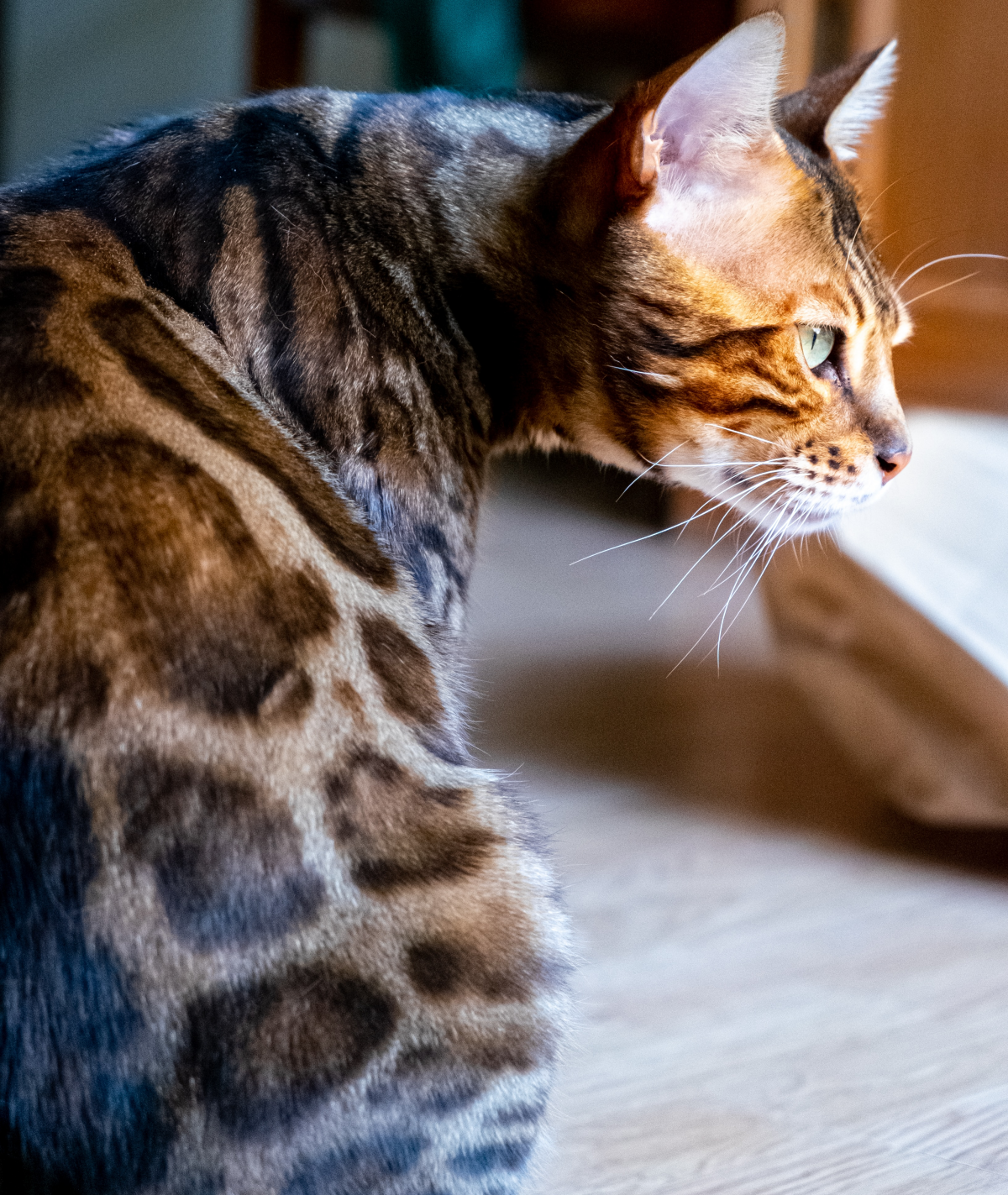
A Closer Look at the Breeds: The Good, the Bad, and the Furry
Okay, let’s get into the specifics. Each of these breeds is unique, and choosing one is about more than just how much they shed. It’s about their personality, their needs, and, let’s be honest, your budget.
The Sphynx: Not as Low-Maintenance as You’d Think
Ah, the Sphynx. Everyone knows them. Their warm, suede-like skin is incredible, but their lack of fur creates a whole different set of chores. Without hair to absorb their natural body oils, they get greasy. And that grease will end up as brownish smudges on your blankets and furniture if you’re not on top of it.
Heads up on the price: Getting a well-bred Sphynx kitten isn’t cheap. You should budget anywhere from $1,800 to over $3,000 from a reputable breeder. And that’s just the start.
Your New Routine—The Sphynx Bath:
- You’ll need to bathe them about once a week or every two weeks. The key is to use a gentle, pH-balanced pet shampoo. I’ve seen clients have great luck with brands like Earthbath or Burt’s Bees for Pets.
- I had a client once who used a gentle baby shampoo, thinking it would be fine. The poor cat broke out in a terrible rash! So please, stick to products made specifically for pets.
- Make the bathwater comfortably warm, like you would for a baby, to keep them from getting chilled.
- Afterward, you MUST dry them thoroughly with a soft towel. They get cold fast.
- Oh, and their big ears produce a lot of wax, and their nail beds collect gunk, so weekly ear and nail-fold cleaning is also on the to-do list.
Sphynx Starter Pack: Before you bring one home, plan on buying a few things. A heated cat bed is a must (around $30-$60). You’ll also need a good pet-safe ear cleaner ($10-$15) and a couple of soft sweaters ($15-$30 each) for cooler days. They are strictly indoor cats; they can get a sunburn in minutes.
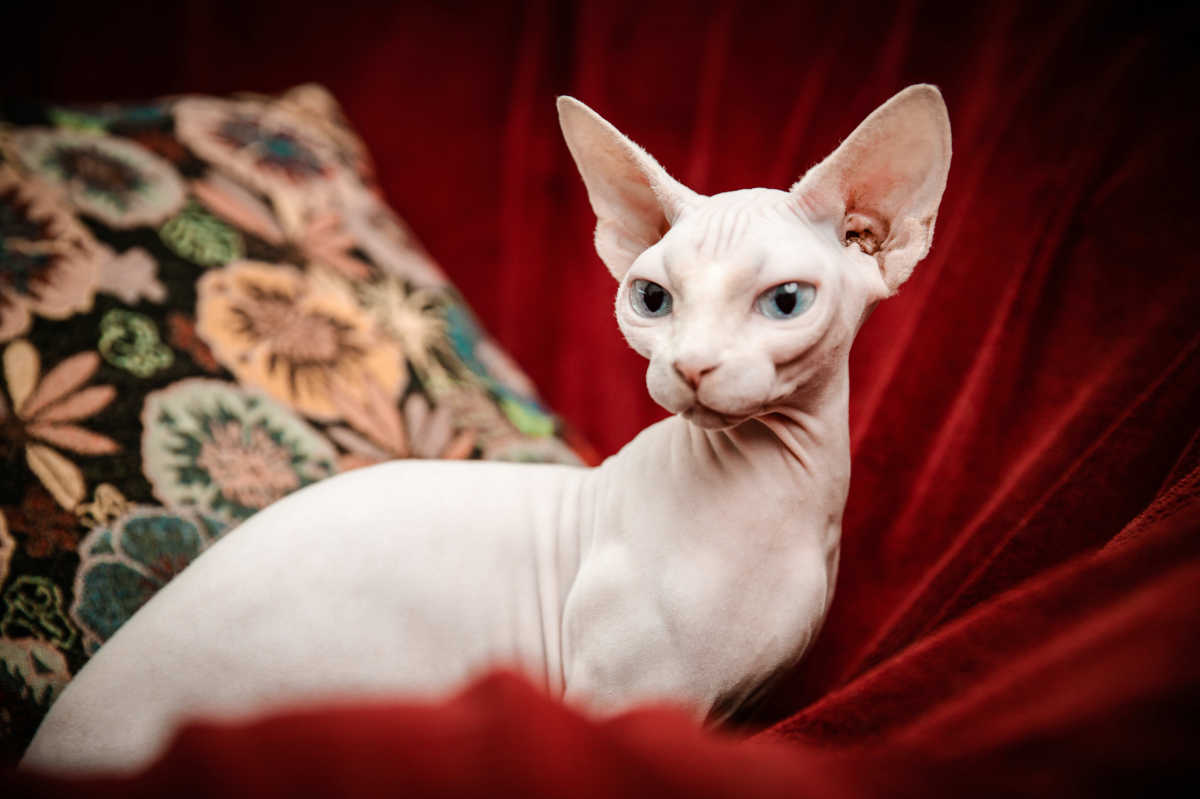
Personality Check: These cats are velcro. They are incredibly social and need to be near their people. If you work long hours and want an independent cat, this is not the breed for you. They do great with kids and dogs, mostly because it means more attention and warm bodies to snuggle with!
The Rex Breeds (Cornish & Devon): The Playful Elves
People often lump these two together, but the Cornish Rex and Devon Rex are distinct breeds with different, delicate coats. The Cornish has tight, velvety waves, while the Devon’s coat is a looser, suede-like curl. Both have fragile whiskers that tend to break off, which is totally normal for them.
The cost factor: These elfin cats are also a pricey investment, typically running between $1,500 and $2,500.
Grooming—Handle with Care: Whatever you do, DO NOT use a regular brush on a Rex. You’ll break their fragile hairs and irritate their skin. The best grooming tool? Your hand. Just stroking them removes most of the loose stuff. A soft rubber curry brush can also work wonders. Like the Sphynx, they can get a bit oily and might need an occasional bath.
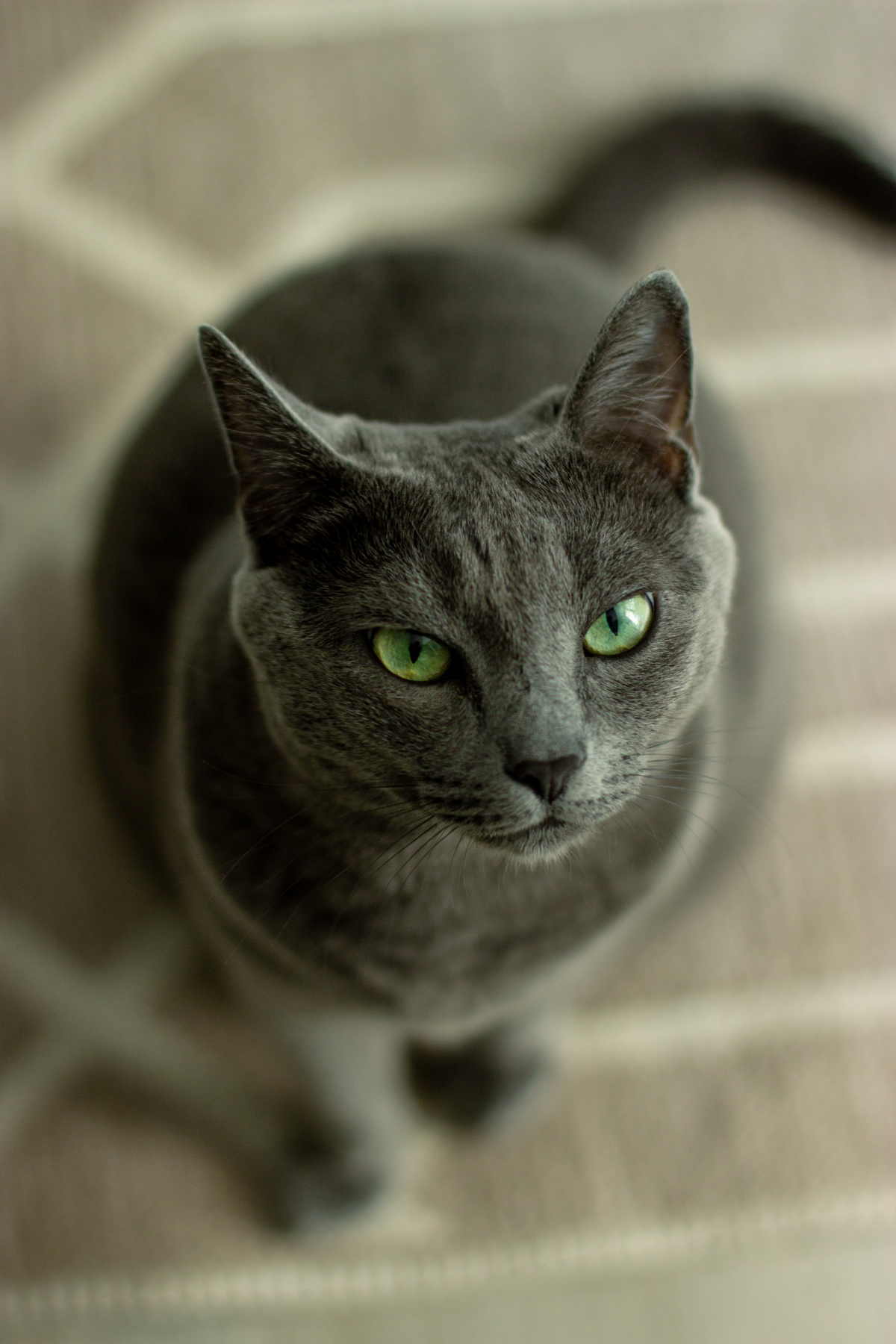
Personality Check: These guys are clowns. They are super smart, endlessly playful, and love to climb. I once had a client who had to install floor-to-ceiling cat trees because their Devon Rex was determined to scale the drapes. They are fantastic for active families and generally get along well with kids and other pets.
The Russian Blue: The Shy, Shimmering Beauty
The Russian Blue is pure elegance. Their standout feature is a dense, plush double coat that’s so thick it stands away from the body. It seems counterintuitive for a low-shedder, right? But the secret is that the coat is so dense it traps shed hairs close to the skin instead of letting them fly free. You’ll find very little hair on your furniture.
The cost factor: A bit more accessible, you can often find a Russian Blue kitten for $800 to $1,500.
Grooming & Personality: A quick brush once a week is all they need. They are gentle and loving with their family but can be very shy with strangers. They thrive on routine and a quiet home, so they’re probably not the best choice for a house with loud toddlers or constant parties. They’d do best with older, calmer children.
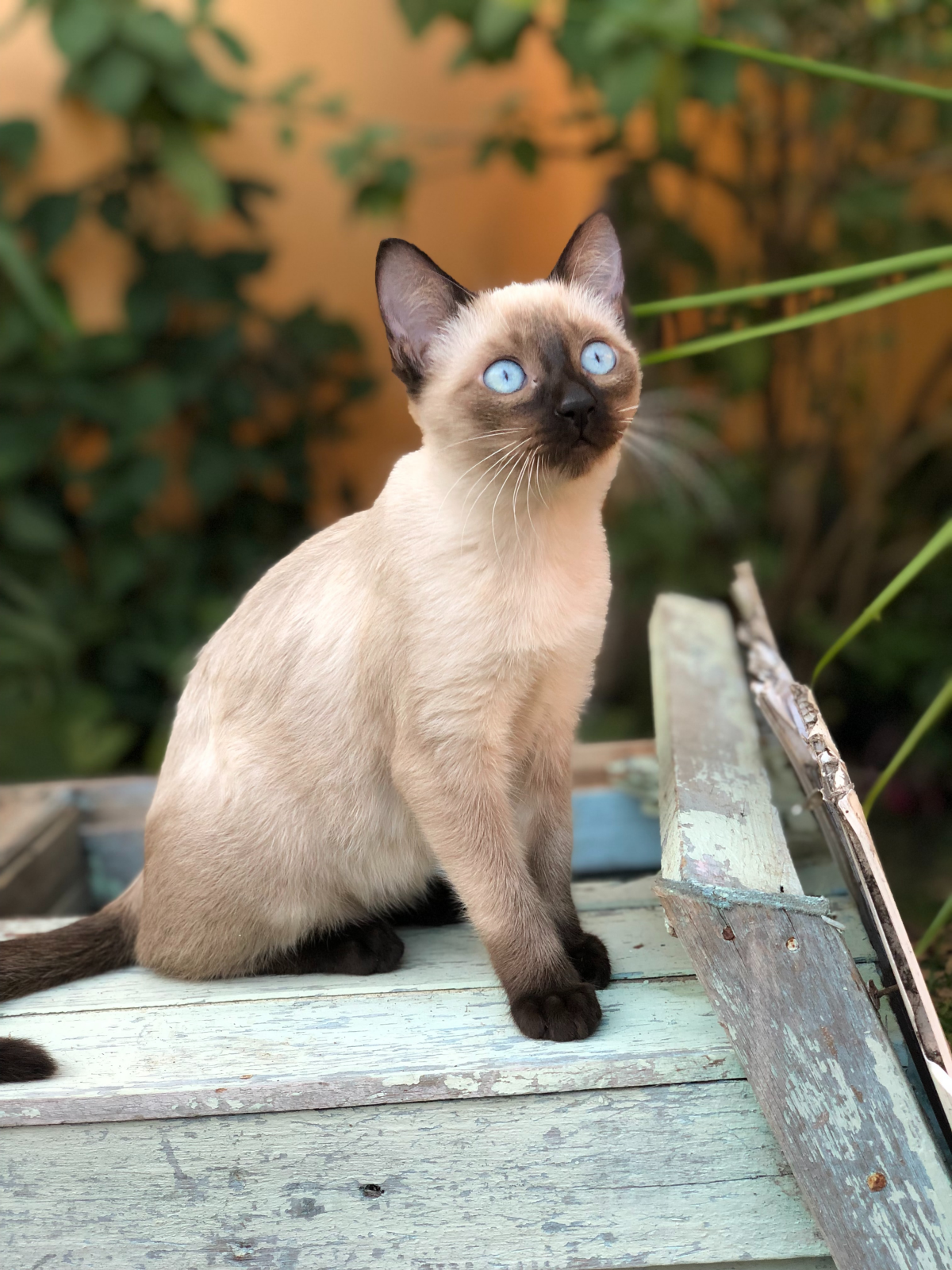
The Bengal: The Wild Look with Tame Shedding
Known for their stunning, leopard-like spots, Bengals have a unique coat that feels more like a soft pelt than fur. Many have a trait called “glitter,” which makes their coat literally sparkle. Because it’s a single coat without a fluffy underlayer, shedding is minimal.
The cost factor: Be prepared. A pet-quality Bengal from a good breeder will usually cost between $1,500 and $3,000+.
A Quick Warning: Bengals are a hybrid breed, and early generations might have legal ownership restrictions in some areas. The vast majority of pet Bengals are many generations removed from their wild ancestors and have stable, domestic temperaments. But this is NOT a cat for a first-time owner.
Personality Check: Bengals are wicked smart and have energy for days. They can learn to open doors and turn on faucets. If you don’t keep them entertained with puzzle toys, cat trees, and lots of playtime, they will find their own (often destructive) fun. They can be great with cat-savvy older kids and dogs, but their high energy can be a lot to handle.
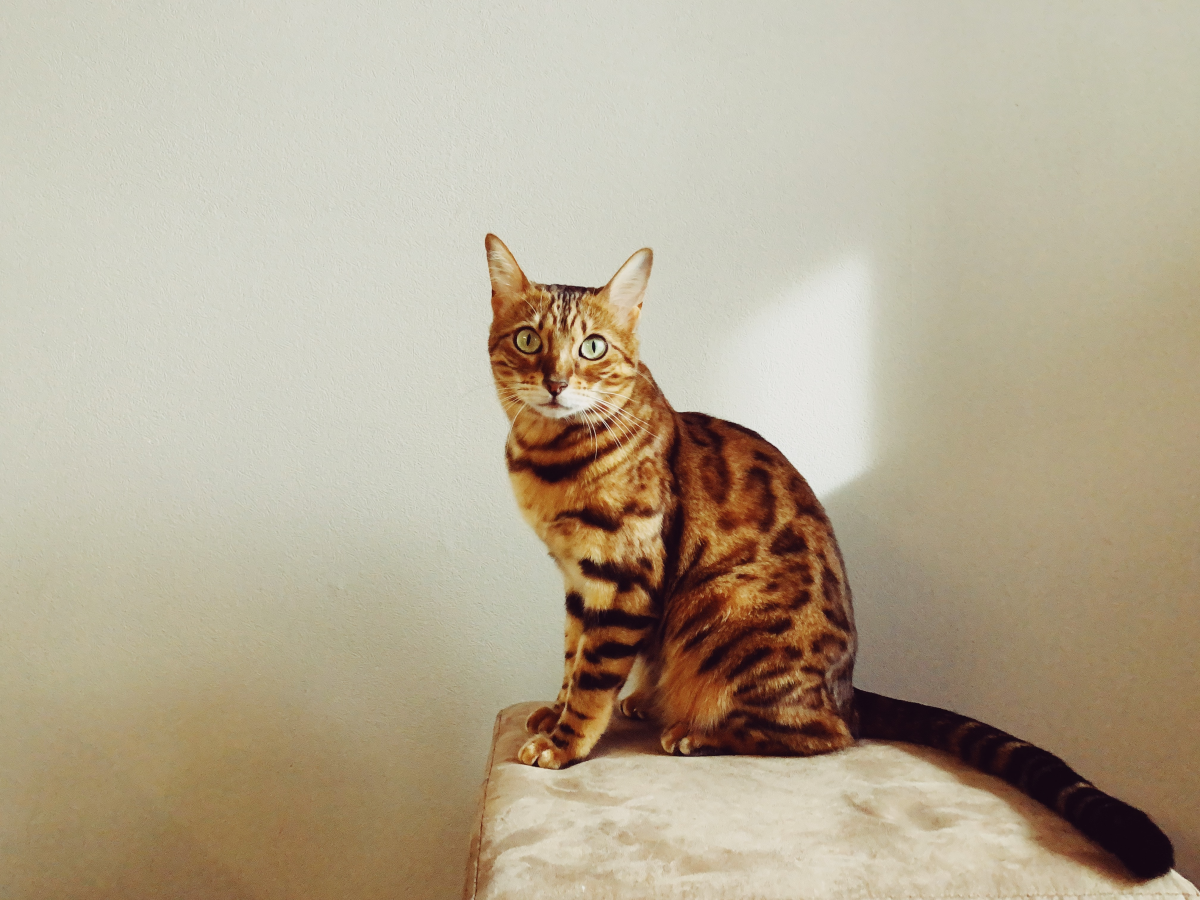
The Siamese & Balinese: The Sleek Socialites
The classic Siamese has a very short, fine single coat that needs almost no grooming. The Balinese is basically a long-haired Siamese, but don’t let the fluff fool you. It’s a silky single coat that doesn’t mat easily, making them one of the easiest long-haired cats to care for.
The cost factor: Prices are generally more moderate. A Siamese might be $600 to $1,200, while a Balinese could be $1,000 to $1,800.
Personality Check: If you want a quiet observer, keep looking. These cats are famously vocal and need to be the center of attention. They will follow you around, “helping” with everything you do. They are extremely social and do well with kids, dogs, and anyone who will give them attention. They can get lonely, so they often do best in pairs or with a family that’s home a lot.
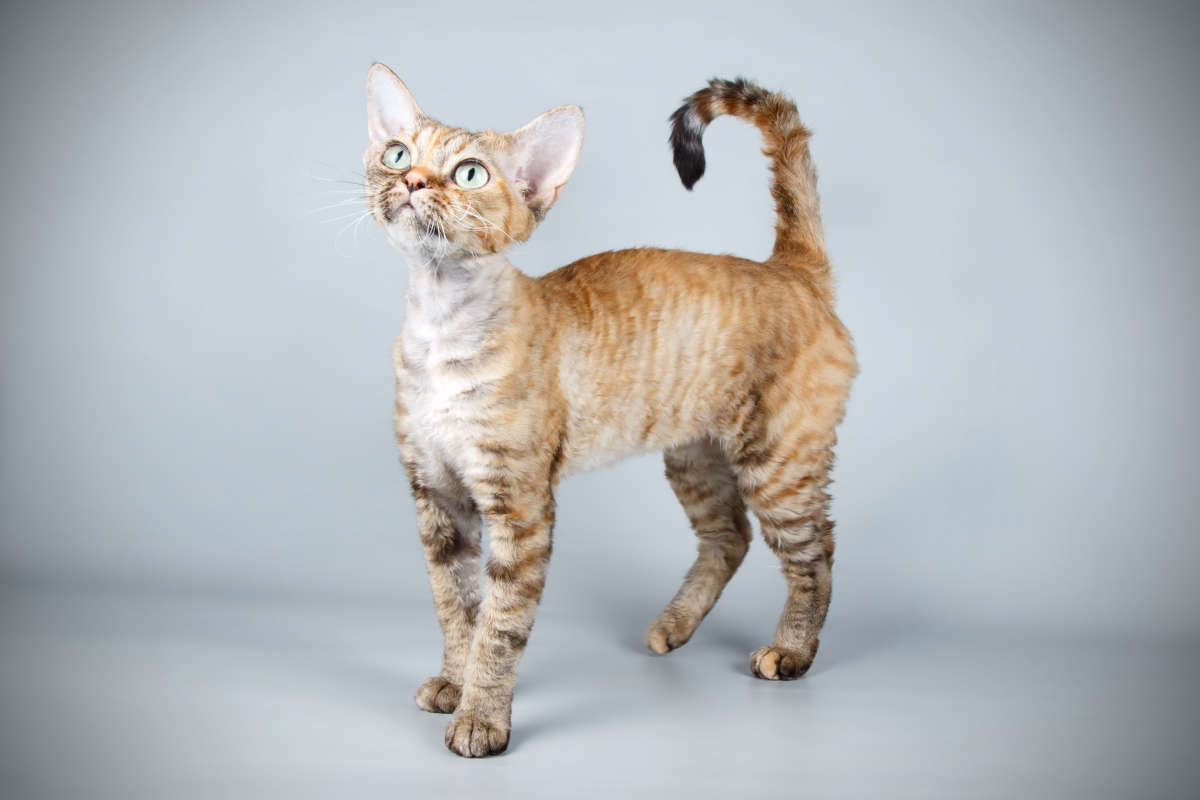
Setting Yourself Up for Success
Choosing the right breed is just the first step. Creating the right environment is just as important.
Finding Your Cat: So, where do you get one? A “reputable breeder” isn’t just a buzzword. It means finding someone who prioritizes the health and temperament of their cats. They should provide health clearances (especially for things like heart conditions in Sphynx cats), have clean facilities, and let you meet the kitten’s parents. A huge red flag is a breeder who won’t let you visit or who always has kittens available. And don’t forget to check out breed-specific rescues! You can often find purebred adults who need a loving home.
Diet Makes a Difference: I can’t stress this enough. A cat’s coat is a window to its health. A cheap, low-quality food will lead to a dry, brittle coat that sheds more, no matter the breed. Look for high-quality food where a whole meat like “chicken” or “salmon” is the first ingredient—not a “meal” or grain. Added Omega-3 and Omega-6 fatty acids, usually from fish oil, are pure gold for their skin and coat.
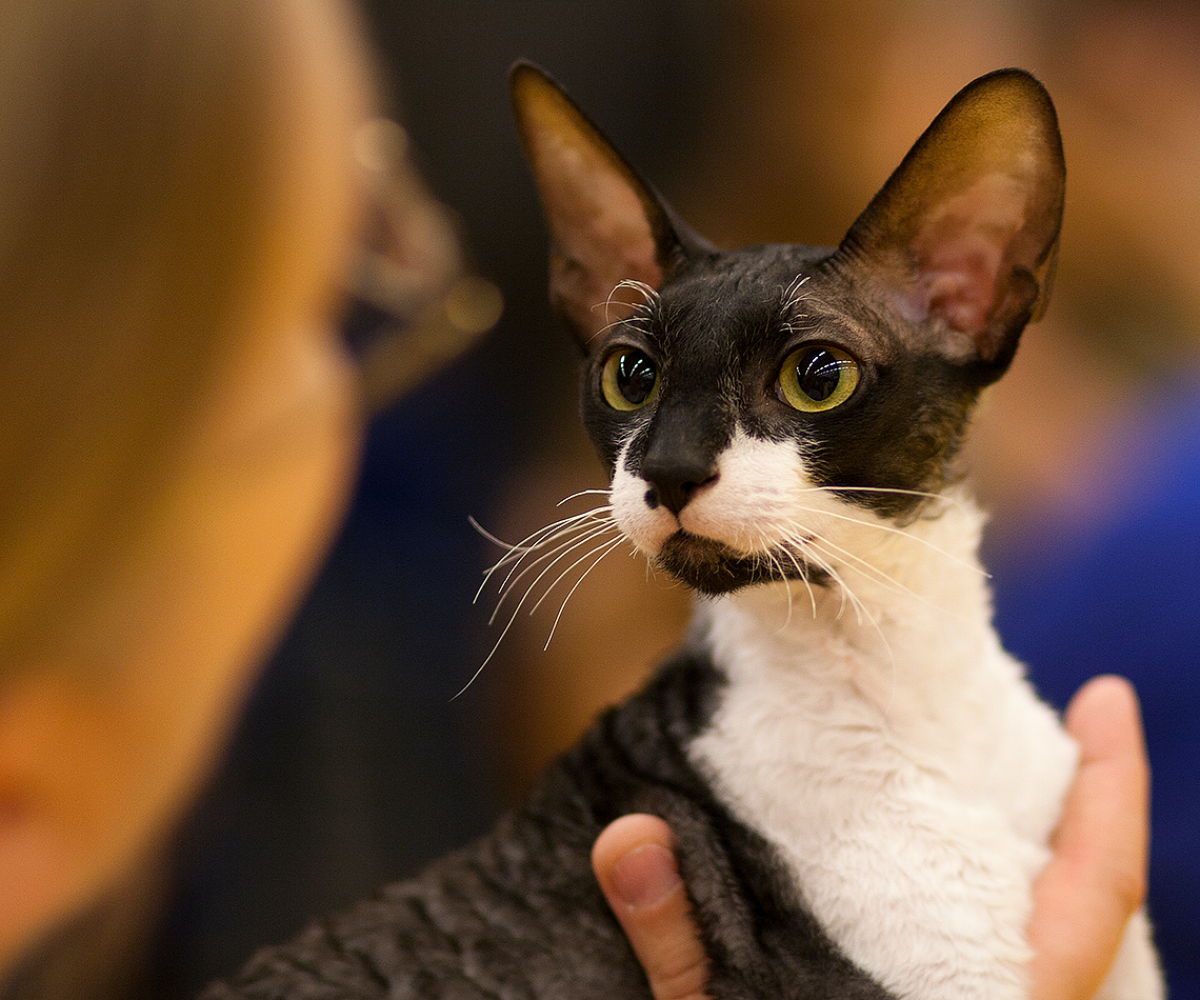
Allergy Help: If allergies are a concern, you still need a plan. Invest in a good vacuum with a HEPA filter and run a HEPA air purifier in your bedroom. Wash your hands after petting the cat, and make the allergic person’s bedroom a strict cat-free zone. These steps make a world of difference.
When to Call in the Pros
Even with an “easy” breed, sometimes you need help. If your typically low-shedding cat suddenly starts losing tons of fur, it’s time for a vet visit. It could be stress, parasites, or a health issue. And if you’re nervous about things like bathing your Sphynx, call a professional groomer! It’s a specialty service that might cost around $50-$70, but it’s worth it for the peace of mind. Just never, ever try to shave a cat yourself—especially a Rex or Sphynx with their delicate skin.
At the end of the day, picking a cat is a 15- to 20-year commitment. It’s all about finding a breed whose needs and personality truly fit your life. These cats offer a fantastic option for reducing the fluff, but they come with their own unique quirks and responsibilities. If you’re prepared for them, you’re in for years of amazing companionship.
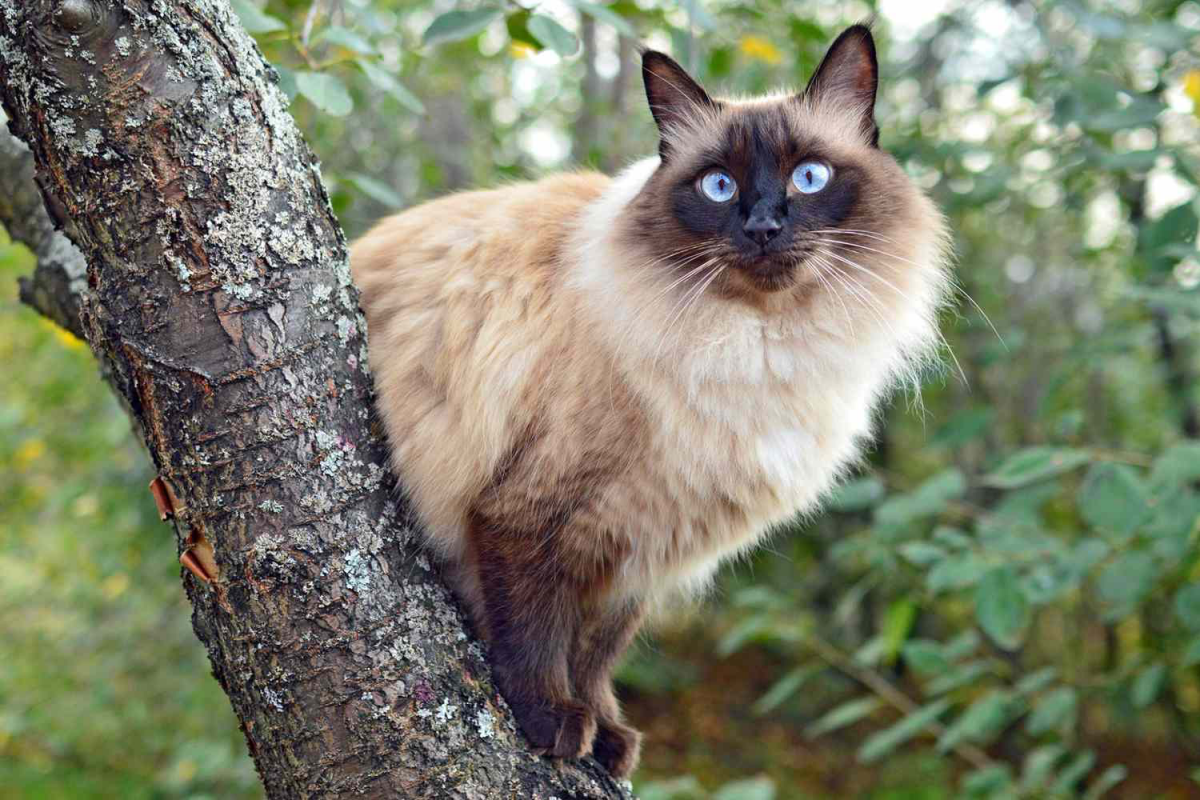
Galerie d’inspiration
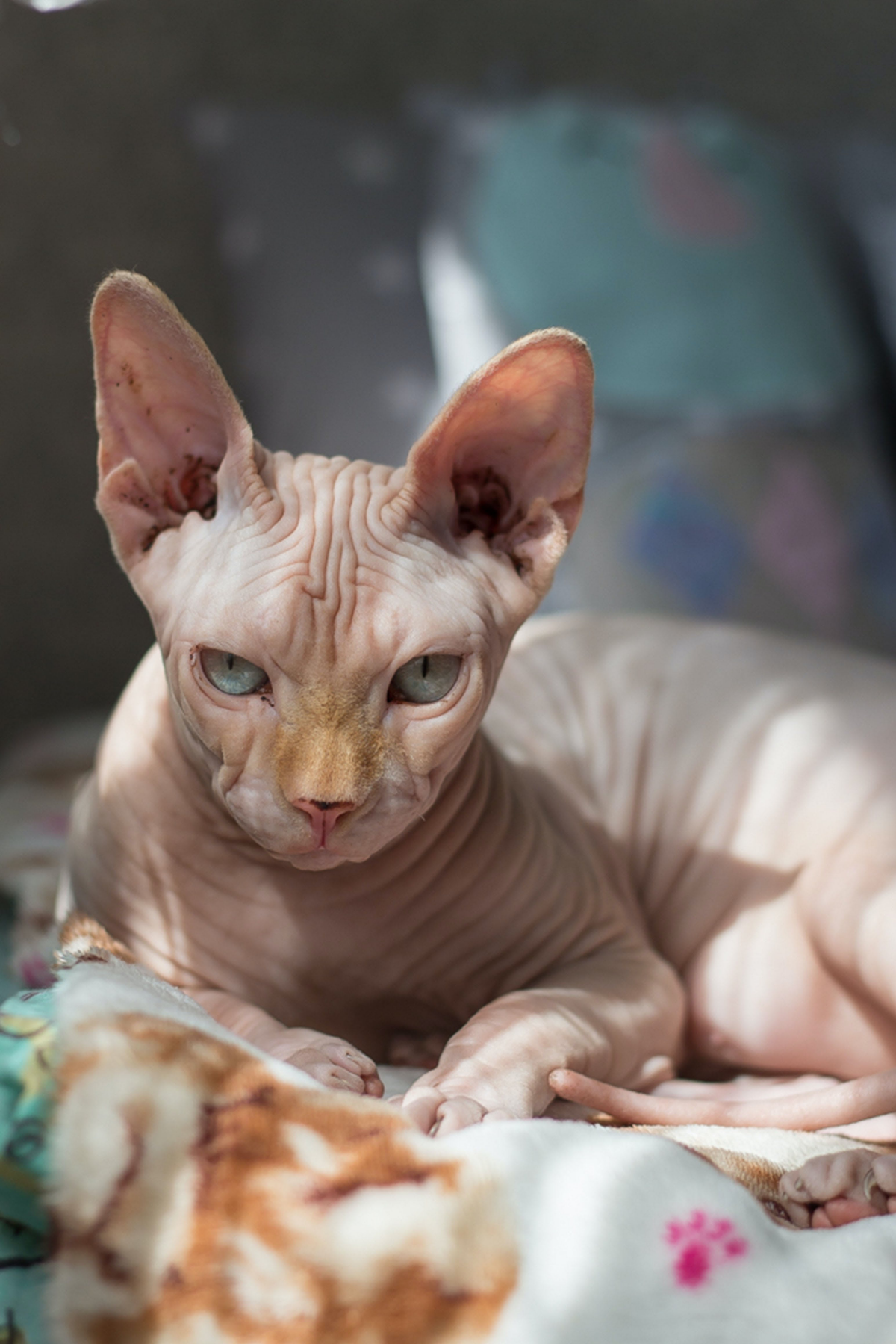
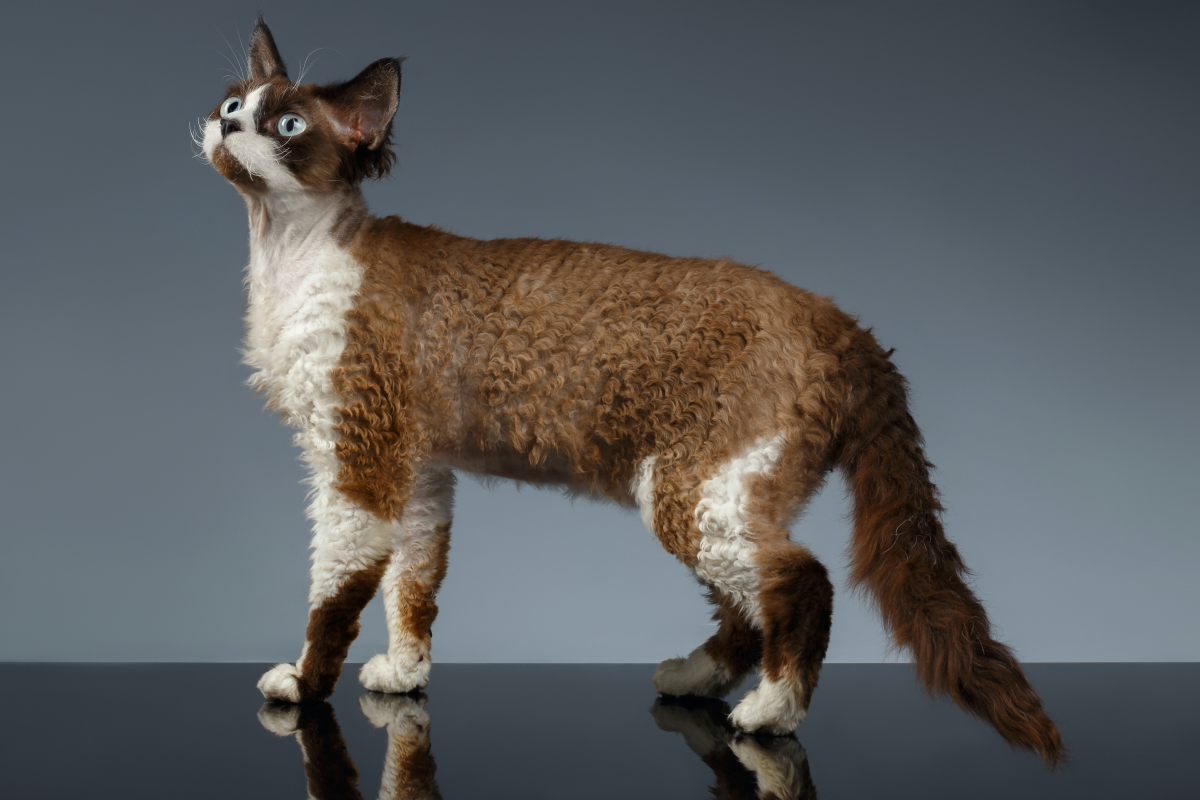
What does it actually feel like to pet a cat with a ‘Rex’ coat?
Forget everything you know about typical cat fur. Stroking a Cornish or Devon Rex is a unique sensory experience, often compared to touching warm, crushed velvet or soft suede. Their single, wavy coat is incredibly fine and lies close to the body, revealing their surprisingly high skin temperature. This is why you’ll often find them seeking out the warmest spot in the house—your lap, a sunbeam, or burrowed under a blanket.
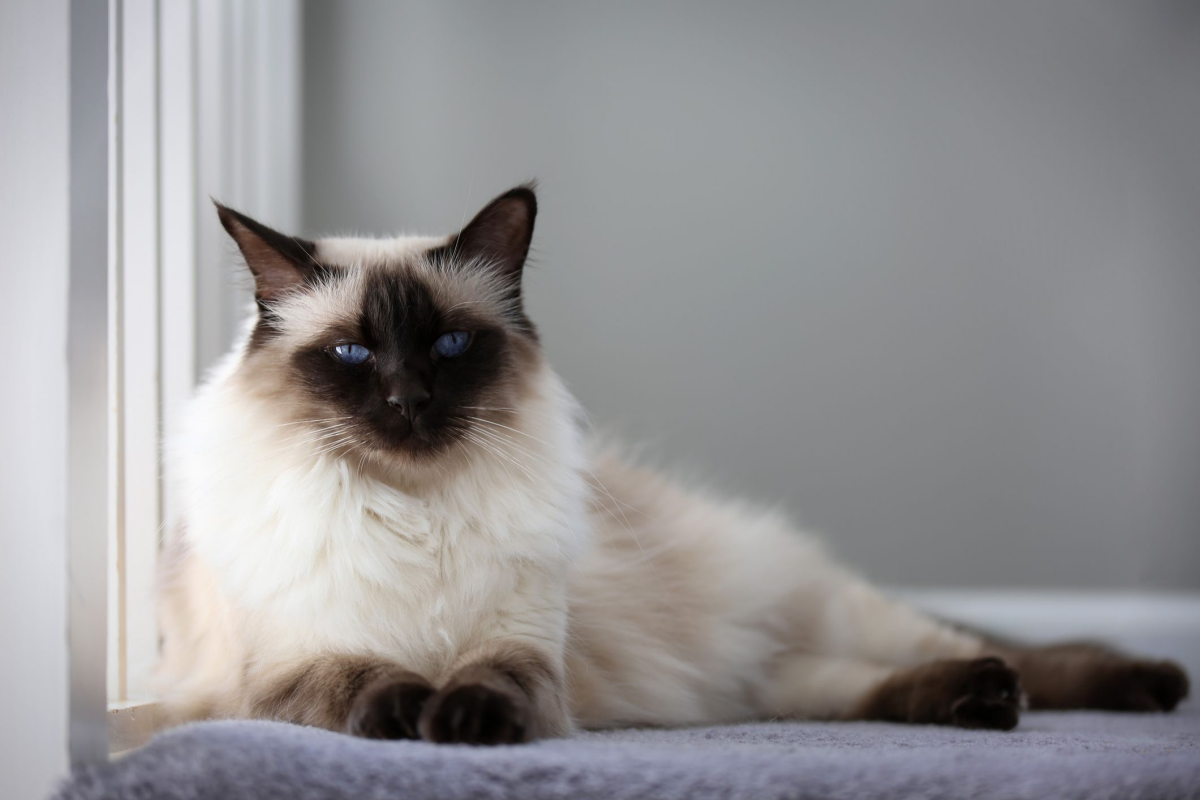
The right grooming tool makes all the difference: For breeds with a fine, single coat like the Siamese or Russian Blue, a harsh wire slicker brush can be irritating and damaging.
A better choice: A soft rubber curry brush, such as the KONG ZoomGroom, or simple grooming gloves. These gently lift away loose hairs through massaging action, distributing natural skin oils without scratching their sensitive skin or breaking delicate hairs. The result is a healthy sheen, not a pile of fluff.
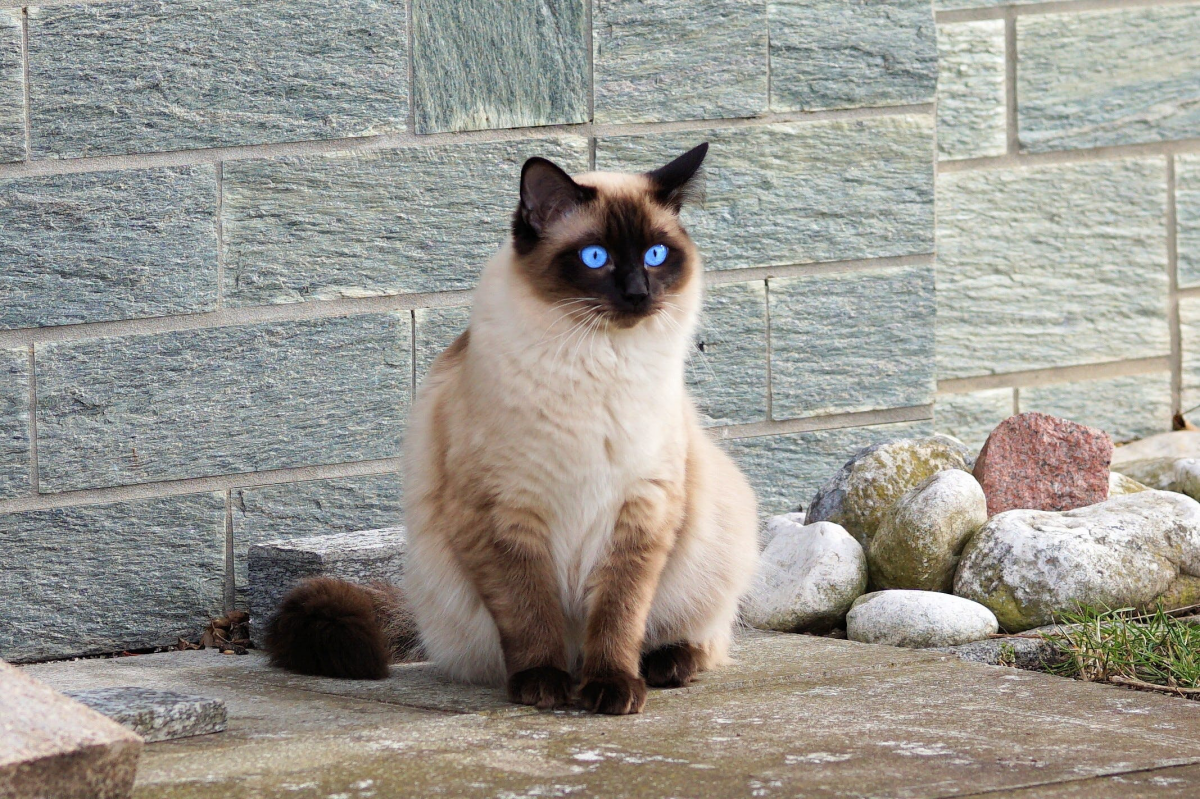
For centuries, the elegant Siamese cat was a closely guarded treasure of Siam’s (modern Thailand) royal family, and it was believed they guided the souls of the departed to the afterlife.
This legendary status is reflected not just in their striking looks but in their personality. Their short, fine coat that sheds minimally was practical in a warm climate, but their vocal, intelligent, and demanding nature is pure royalty. A Siamese doesn’t just live in your house; it presides over its kingdom, expecting your full attention and affection.
The biggest mistake with a Sphynx: Assuming ‘hairless’ means ‘no maintenance.’ In reality, their skin requires dedicated care. The natural oils that would normally coat fur instead build up on their skin, meaning they need regular baths—often weekly—with a gentle, vet-approved shampoo like Earthbath or HyLyt. Without it, they can develop skin problems and leave oily smudges on your furniture.










